
 5
5






 8
8




Annual Wildflowers 29%
Douglas Meadowfoam (Limnanthes douglasii), Large Flower Collomia (Collomia grandiflora), Globe Gilia (Gilia capitata), Farewell to Spring (Clarkia amoena), Wine Cup Clarkia (Clarkia purpurea), Diamond Clarkia (Clarkia rhomboidea), Sea Blush (Plectritis congesta)
Perennial Wildflowers 39%
Springbank Clover (Trifolium wormskioldii), Douglas aster (Symphyotrichum subspicatum), Self Heal (Prunella vulgaris), Western Yarrow (Achillea millefolium), Large Camas (Camassia leichtinii), Puget Sound Gumweed (Grindelia integrifolia), Canada Goldenrod (Solidago canadensis), Riverbank Lupine (Lupinus rivularis), Common Camas (Camassia quamash), Bigleaf Lupine (Lupinus polyphyllus), Meadow Checkermallow (Sidalcea campestris), Meriwhether Blanketflower (Gaillardia aristata 'Meriwhether'), Western Columbine (Aquilegia formosa), Prairie Cinquefoil (Potentilla gracilis), Showy Milkweed (Asclepias speciosa), Fireweed (Chamaenerion angustifolium), Nettleleaf Giant Hyssop (Agastache urticifolia) Showy Fleabane (Erigeron speciosus), Wooly Sunflower (Eriophyllum lanatum)
Grasses 32%
Prairie Junegrass (Koeleria macrantha), Roemer’s Fescue (Festuca romerii), Tufted Hairgrass (Deschampsia cespitosa), Meadow Barley (Horedum brachyantherum)
~ Dragons, Fairies and even a Mini-Paul! ~ You Know You're a Permie When...~ All About Permies, including tutorials ~Herbal Hugel Spiral of Randomness!~Tricks to Keep the Dirt from Sliding off a Hugel~List of Cascadia Bloggers and Facebook Pages!~
I certify this BB as complete!
 2
2




My PEP Badge Tracker - An easier way to track your PEP Badge Progress. | Wait, wait, wait; What is PEP? | How Permies.com works.
I hereby certify that this Badge bit is complete!
 2
2





I make a Maple Syrup instructional movie! Check it out HERE
SKIP books, get 'em while they're hot!!! Skills to Inherit Property
See me in a movie building a massive wood staircase:Low Tech Lab Movie
This BB is certified.
 4
4




“There are no words to express the abyss between isolation and having one ally. It may be conceded to the mathematician that four is twice two. But two is not twice one; two is two thousand times one.”
― G. K. Chesterton
Nicole Alderman approved this submission.
Note: I hereby certify that this badge bit is complete, and congratulate you on your foraging air badge!
 4
4




Kevin's offshoot of PEX: http://uhspr.ca/merit-badges/
Mike Haasl approved this submission.
 1
1





 1
1




Barbara Kochan wrote:Malek, I really enjoy your guerilla gardening

“There are no words to express the abyss between isolation and having one ally. It may be conceded to the mathematician that four is twice two. But two is not twice one; two is two thousand times one.”
― G. K. Chesterton
 1
1




......please consider at least one month of not mowing
 2
2




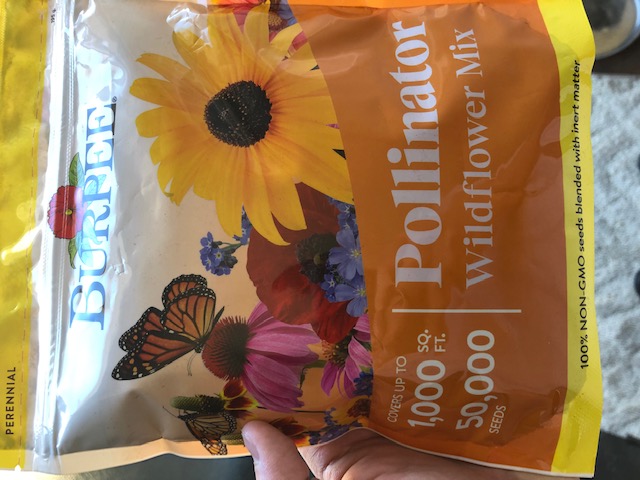
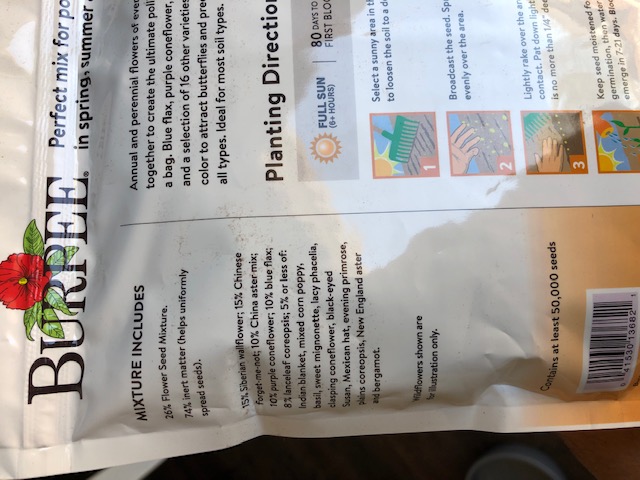
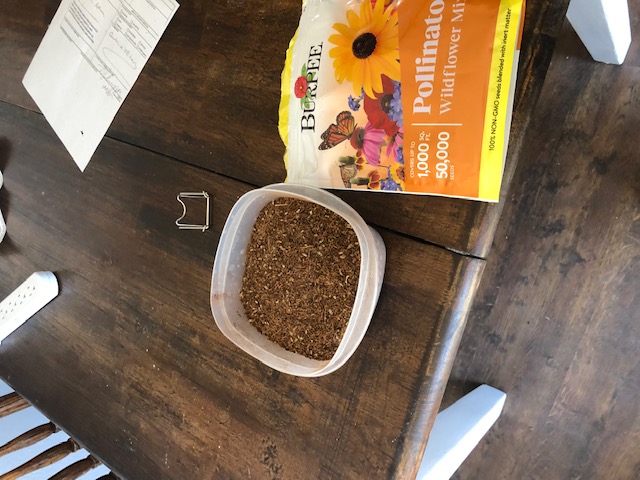
Malek Beitinjan approved this submission.
Note: Congrats!
 2
2




Being weird is easy. Making it mainstream is hard. Be brave! https://www.youtube.com/@healthygreenbrave
Malek Beitinjan approved this submission.
Note: Good job, Rebekah!
 1
1




Rebekah Harmon approved this submission.
Note: marvelous, Patrick! You did everything right for this bb

 2
2




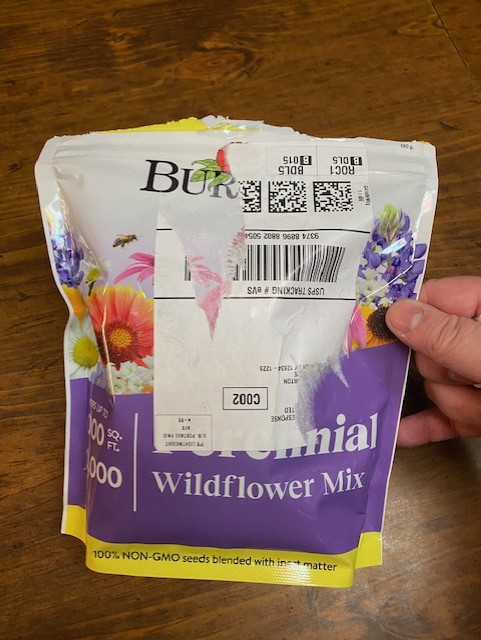
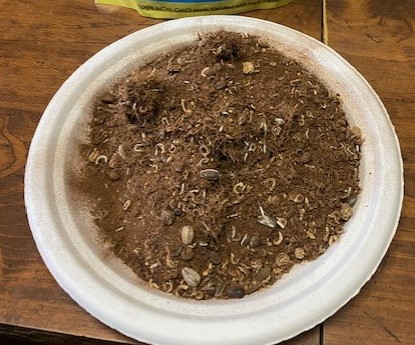
- Tim's Homestead Journal - Purchase a copy of Building a Better World in Your Backyard - Purchase 6 Decks of Permaculture Cards -
- Purchase 12x Decks of Permaculture Cards - Purchase a copy of the SKIP Book - Purchase 12x copies of Building a Better World in your Backyard
Rebekah Harmon approved this submission.
Note: Way to love on the pollinators, Timothy 
 1
1




"The winter will ask what we did all summer" - Henry David Thoreau
Malek Beitinjan approved this submission.
Note: Well done!




Someone approved this submission.
Note: Congratulations!

|
I am displeased. You are no longer allowed to read this tiny ad:
Rocket Mass Heater Resources Wiki
https://permies.com/w/rmh-resources
|






